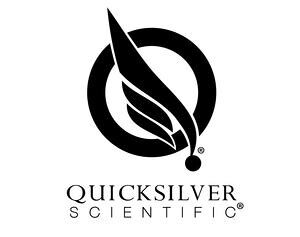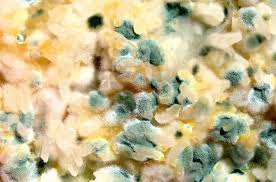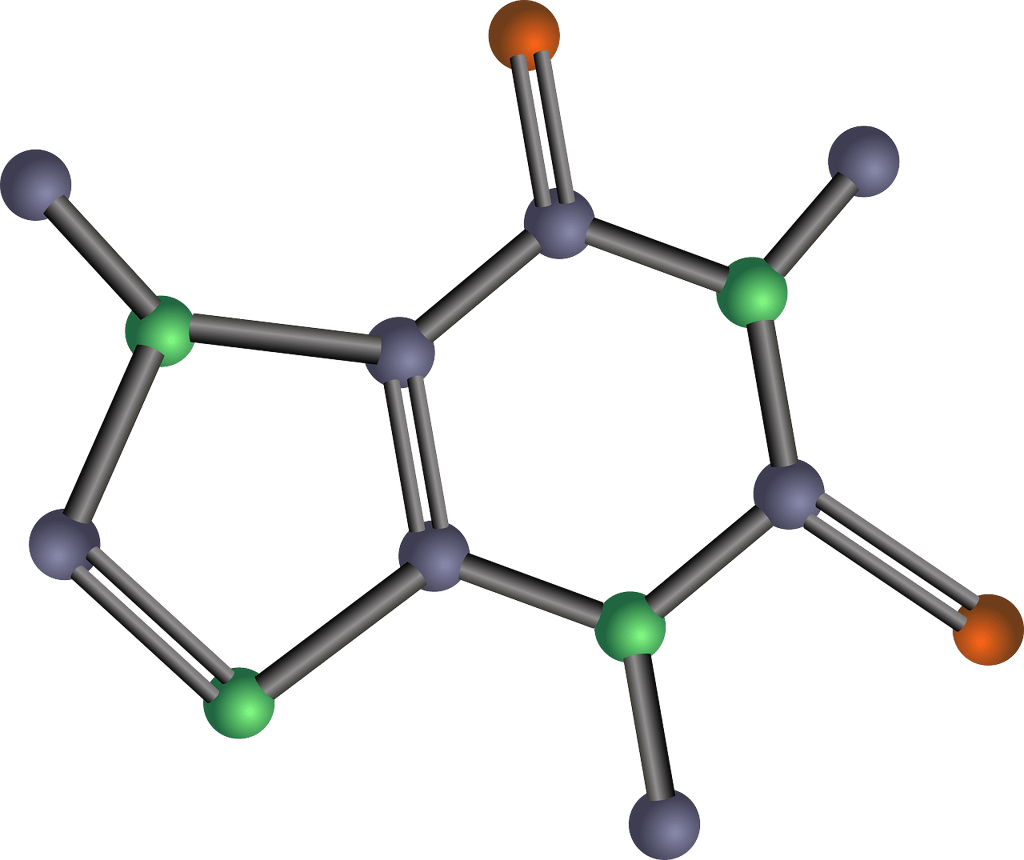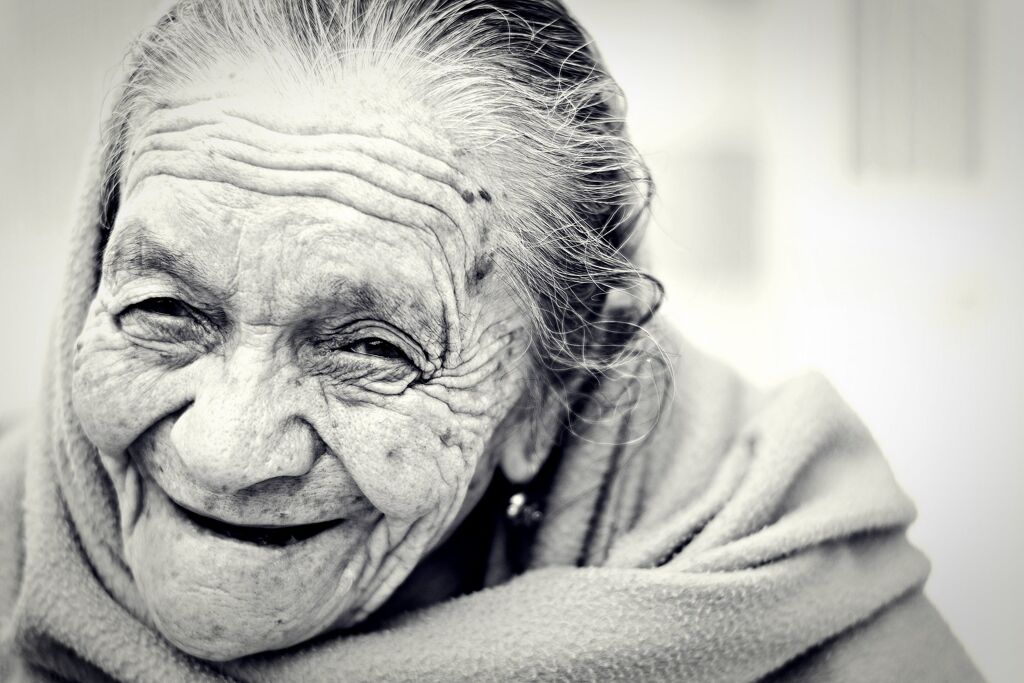LL37: The Healing Anti-Microbial Peptide
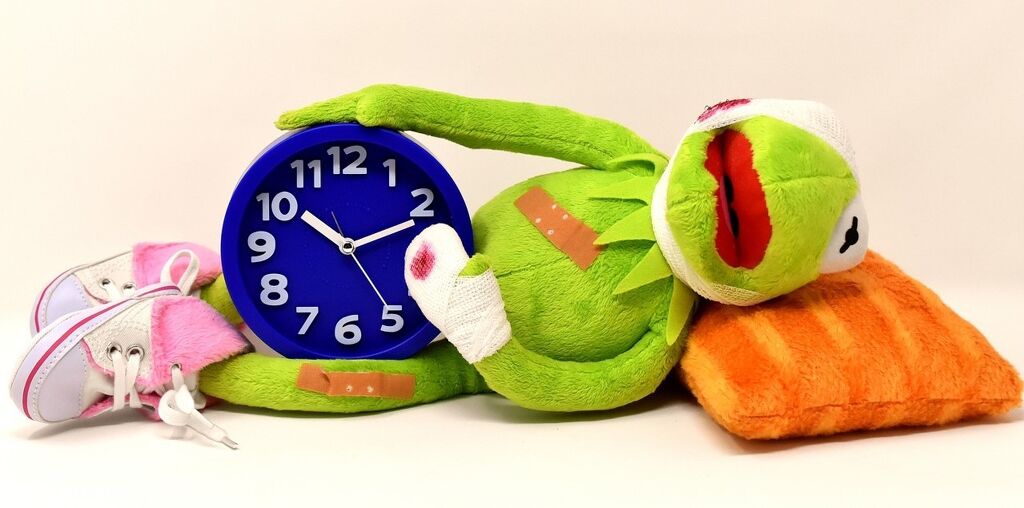
This Peptide Can Improve Healing. Learn:
- How LL37 is an anti-microbial that is critical for wound healing
- How LL37 is important for immune system reactions, inflammation and breaking down biofilms, which make healing more difficult
- How LL37 can help prevent limb amputations due to diabetes
- How LL37 affects autoimmune diseases
- How LL37 has a dual effect on cancer cells, both increasing and decreasing tumor growth
Do you suffer from infections, poor wound healing or inflammation? Do you have issues such as chronic diabetic foot ulcers? Then meet a peptide called LL37 that can help! Like other peptides, it can provide a novel remedy to health issues. LL37 is especially great for infection, inflammation & healing. Please read on for the details!
** Please note: If you want the longer, more detailed version of this article, then please click here **
To Read About Blog Topic, Scroll Down
Want To Work With Our Clinic?
Do you have a chronic or mystery illness that no one has been able to help you with? Are you simply wanting to re-connect with a healthier version of yourself? It’s Time To Finally Feel Better!
We have recently written many blogs about peptides. To recap, a peptide is a small protein, made up of a chain of amino acids. They can be used therapeutically to help with different health conditions. Click on the links to see our articles on peptide therapy, HGH, CJC 1295/Ipamorelin, BPC 157, PT 141, Ta1, VIP, Thymosin Beta 4, KPV, Trio, SS-31, Selank, Dihexa and Kisspeptin.
LL37 is an antimicrobial peptide. It has antibacterial, antiviral, antifungal, antibiofilm, immune modulating and anti-cancer properties (Wang G, 2019).
The Applications & Benefits of LL37 include: (Chen X, 2018) and (Uhlmann J, 2016)
- Antimicrobial properties against bacteria, viruses, fungi
- Control infections, heal wounds and promote wound closure
- Inhibits biofilms
- Potential in treating diabetic foot ulcers
- Rebalances inflammation, modulates inflammatory responses and cytokine release
- Effects cellular functions
- Modulates immune response in autoimmune conditions
- Both pro- and anti- tumorigenic effects on cancer, involved in angiogenesis (creation of new blood vessels)
Wound-Healing & Antimicrobial Properties
LL37 is antimicrobial against bacteria, fungi, viruses and parasites (Duplantier AJ, 2013).
LL37 has wound-healing effects and is increased in response to cuts, scratches, scrapes, bruises and swelling (Duplantier AJ, 2013) and (Uhlmann J, 2016).
In the skin, LL37’s antimicrobial effects prevent invasive bacterial infections (Kahlenberg JM, 2013).
But LL37’s Effects may not all be Good
LL37 can strengthen bacterial virulence (or survival) factors (Uhlmann J, 2016). At lower doses which do not inhibit pathogens, LL37 can lead to an upregulated virulence expression (Uhlmann J, 2016). At low doses, it seems LL37 can encourage big changes in bacteria, sometimes resulting in increased pro-inflammatory activity (Uhlmann J, 2016).
Antiviral
LL37 has antiviral properties against many viruses, both naked and enveloped.
LL37 is secreted in response to common viruses like (Chessa C, 2020):
- Rhinovirus or the common cold
- Influenza virus /the flu and other respiratory viruses
- Herpes virus
- Arboviruses (transmitted by mosquitoes, ticks, or other insects)
- Enteroviruses (transmitted through the gastrointestinal tract, like polio and hepatitis A)
- Human papillomavirus or HPV (sexually transmitted)
How does LL37 Inhibit a Virus?
LL37 blocks the virus from entering the cell and by affecting viral replication (Chessa C, 2020).
LL37 significantly decreases active virus particles (Chessa C, 2020). It can lead to clumping of the virus and prevent cell infection (Chessa C, 2020).
Biofilms
LL37 is especially effective with polymicrobial infections or biofilms (Duplantier AJ, 2013). Polymicrobial infections are wounds that are colonized by bacteria and fungi, forming polymicrobial communities called biofilms. This is especially problematic when wounds become chronic. Microbial biofilms delay healing (Duplantier AJ, 2013). LL37, applied directly to the wound, can help treat polymicrobial wounds (Duplantier AJ, 2013). Low concentrations of LL37 can prevent biofilm formation and higher concentrations of LL37 can kill existing biofilms (Chen X, 2018).
Diabetes Type 2
Bacterial biofilms inhibit wound healing and promote infection. Opportunistic pathogens sometimes infect open wounds like chronic diabetic foot ulcers (Duplantier AJ, 2013).
Foot ulcers are a common complication with diabetes. A significant number of diabetic patients who develop a chronic foot ulcer end up needing an amputation (Andrews KL, 2015):
- The lifetime incidence of foot ulcers in diabetics is 19% -34% (Armstrong DG, 2017).
- Over 50% of diabetic foot ulcers become infected, with 20% of those that develop moderate to severe infections resulting in amputation (Armstrong DG, 2017).
- 85% of diabetes-related amputations start with an ulceration (Armstrong DG, 2017).
The immune system doesn’t fight biofilms well. It cannot get behind the biofilm to kill the invading pathogens. This is often due to poor circulation in diabetic patients. Antibiotics cannot break through the biofilm so they don’t work. Or the wound may be colonized by antibiotic-resistant strains. The result can be chronically infected wounds with biofilms, that damage the limbs of diabetic patients (Duplantier AJ, 2013).
With the increase in type 2 diabetes, these life-threatening infections are also increasing. So, anything that can prevent the development and worsening of these wounds would be very important to avoid amputation.
Immunomodulatory
LL37 is immunomodulatory (Kahlenberg JM, 2013). The immune response is influenced by many factors, including the microenvironment and disease background of the patient (Kahlenberg JM, 2013).
How is LL37 Immunomodulatory?
LL37 encourages migration of immune system cells; neutrophils and eosinophils (Kahlenberg JM, 2013). Certain receptors are also activated by LL37, which stimulate wound healing (Kahlenberg JM, 2013).
LL37 modulates the production of chemokines (a cytokine immune cell). When LL37 is released at the site of infection or injury, it activates the inflammatory response to repair the wound (Kahlenberg JM, 2013).
Inflammation
LL37 can increase or reduce inflammatory signals, depending on the situation, cell-type and microenvironment of the particular cells (Kahlenberg JM, 2013). As an anti-inflammatory effect, it results in lower levels of pro-inflammatory cytokine production (Kahlenberg JM, 2013). Alternatively, depending on the situation, LL37 can be pro-inflammatory, stimulating IL-1β, IL-18 and other pro-inflammatory molecules (Kahlenberg JM, 2013).
LL37 & Autoimmunity (AI)
Sometimes the immune system can get overstimulated. It can make a mistake and attack the body’s own tissues or organs. There are over 100 known autoimmune conditions. LL37 plays a role in AI, as it is both pro- and anti-inflammatory. As a pro-inflammatory, it increases inflammation and can contribute to the development of autoimmune diseases (Kahlenberg JM, 2013)
Psoriasis
Psoriasis is skin inflammation. LL37 can possibly contribute to psoriasis (Kahlenberg JM, 2013) and (Lande R, 2014). LL37 levels are elevated in psoriasis (Kahlenberg JM, 2013). LL37 can stimulate immune cells in autoimmunity (Lande R, 2014) and activate inflammatory pathways (Kahlenberg JM, 2013).
LL37 can also be anti-apoptotic, preventing programmed cell death. This can possibly contribute to the increased cellular proliferation present in psoriasis (Kahlenberg JM, 2013).
Systemic Lupus Erythematosus (SLE) / Lupus
SLE is the most common type of Lupus, an autoimmune disease. LL37 has a role in stabilizing certain immune cells in SLE (Kahlenberg JM, 2013). These can sometimes play a pathogenic role and occur in inflammatory conditions like Lupus (Kahlenberg JM, 2013).
The pro-inflammatory effects of LL37 on macrophages potentially contribute to Lupus (Kahlenberg JM, 2013). LL37 stimulates inflammatory activity, resulting in disease development or flare-up (Kahlenberg JM, 2013).
Arthritis
LL37 may contribute to arthritis and is elevated LL37 in Rheumatoid Arthritis (RA) (Kahlenberg JM, 2013). LL37 induces apoptosis of osteoblasts, possibly contributing to reduced bone formation in arthritic joints (Kahlenberg JM, 2013).
Gum disease and RA are associated (Kahlenberg JM, 2013). A gum infection can damage soft tissue and destroy the bone that supports teeth. Treating gum disease can improve RA markers. LL37 may be involved in gingival inflammation, a mild form of gum disease. It is increased in the gingival fluid when gum disease is present. LL37 affects inflammation through numerous pathways and possibly increases gingival inflammation and RA (Kahlenberg JM, 2013).
LL37’s Effects on Cancer Cells are not Completely Understood
In some cancers, LL37 has both tumorigenic and anti-cancer effects (Chen X, 2018). The final impact depends on LL37’s not-yet-fully-understood mechanisms of action (Chen X, 2018). Like with inflammation, LL37 can either be pro-tumorigenic or anti-tumorigenic (Chen X, 2018).
LL37 promotes angiogenesis (Chen X, 2018). Angiogenesis creates necessary new blood vessels. However, angiogenesis in a cancerous tumor can be dangerous, as it provides new blood vessels that tumors use to grow.
LL37 is upregulated and pro-tumorigenic in certain cancers; ovarian, lung, breast, prostate, pancreatic, malignant melanoma and skin squamous cell carcinoma (Chen X, 2018). In contrast, LL37 is downregulated and anti-cancerous in colon cancer, gastric cancer, hematologic malignancy and oral squamous cell carcinoma (Chen X, 2018).
Does LL37 have Side Effects?
Peptides typically have no side effects and are effective in low concentrations (Khavinson V, 2020).
However, in cancer, LL37 can have a dangerous tumor-promoting effect, although its precise impact is unclear (Coffelt SB, 2009). It can also have a negative pro-inflammatory effect in autoimmune diseases (Kahlenberg JM, 2013).
** Please stay tuned for our next Blog! **
Are You Suffering From A Chronic Illness?
Does your current health situation look like this…
- Do you feel that you have tried many things and either nothing works, or the treatment does not hold?
- Have you been told that there is nothing that can be done to reverse your illness and you just need to manage symptoms?
- Does your illness impact your work, your family, your happiness and your social life?
We specialize in finding answers and solutions for complicated chronic illness when people feel like they have tried everything. If this sounds like you, book a free call with us to see if we are the right fit for your health goals.
Dr. Miles has spoken for the following organizations:

